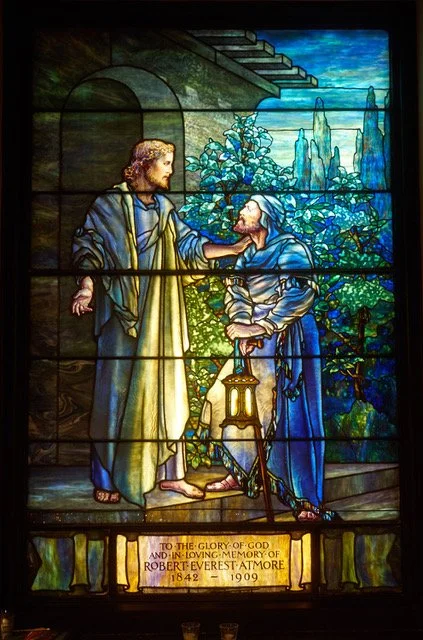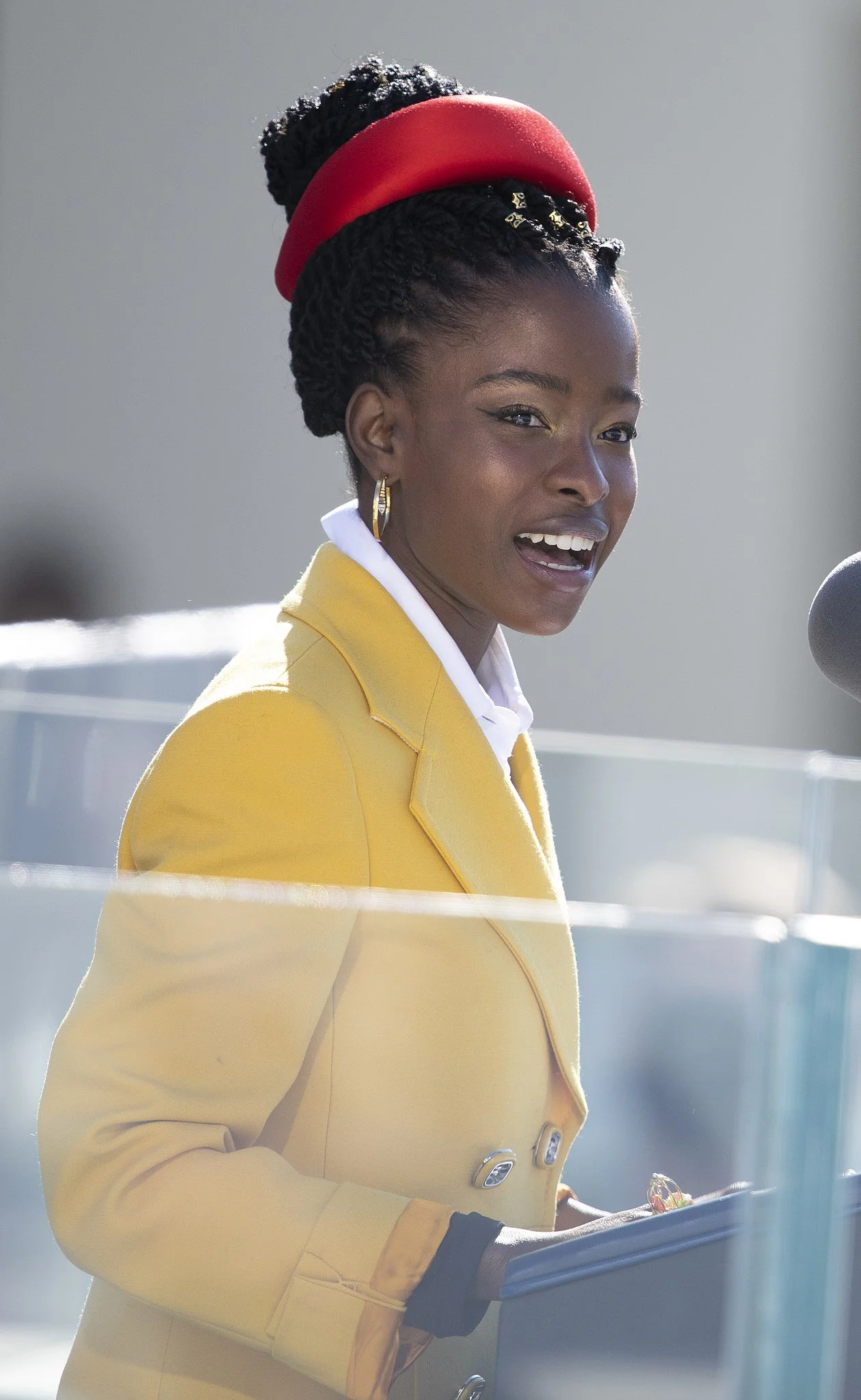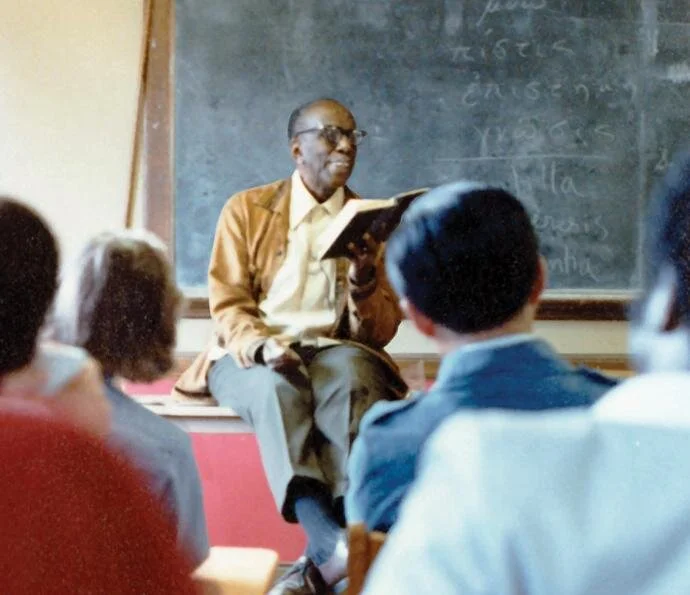Friday Reflection: When Long-Dead Artists’ Prayers Participate in Our Worship
Throughout this past year, I’ve been struck by the power of the Burd Children’s Memorial at St. Stephen’s, a monument whose images regularly introduce our online Services of Healing for the sister churches. Whether seen from afar or up close, the sculpture serves there to set a mood or emphasize the message of the service: healing, human bonds, divine love.
Especially used in this way, the celebrated marble, commemorating the 3 Burd children who survived to adolescence and young adulthood, participates in our everyday worship. It differs from other church elements that we illustrate for online services in one vital respect: Today’s online St. Stephen’s found its way, unprompted, to the memorial’s original intent.
Within that intent was the startling mandate, in the 19th-century circles involved in the monument’s making, that the artists be practicing Christians and apply their spirituality, as well as their learning and craft, to their religious projects. For these communities, making Christian art or buildings was praying, an act of worship that merged with those of the patrons or congregants throughout time.
At the center of the project is the memorial’s sculptor: a German living in Rome, Carl Johann Steinhäuser (1813-1879), chosen, in an international competition for this funerary monument in 1849-50, by its patron Eliza Howard Burd, a prominent congregant at St. Stephen’s. Mrs. Burd demanded an ambitious sculpture that affirmed the children’s resurrection, earned by their piety and moral qualities. The memorial should also contribute to the church’s religious life. Steinhäuser, well known in Roman and German artistic circles, was invited to compete partly because Philadelphians admired his portrayal of children and the religious feeling in his Christian subjects shown at the Pennsylvania Academy of the Fine Arts annuals.
His faith and its place in his religious work were essential. Steinhäuser was a recent convert to Roman Catholicism, triggering a flood of Christian subjects, including a monumental Paschal candlestick for a new interdenominational royal church near Berlin, the Friedenskirche [Church of Peace]. Though historians traditionally call his style Neoclassical, Steinhäuser’s religious art can be compared, in its expressive, simplified naturalism, to that of the so-called Nazarenes, whom he probably knew.
Overbeck Christ Raising Jairus’ Daughter
The Nazarenes, a community of early 19th-century male artists—many of them German, like Johann Friedrich Overbeck—began as the Brotherhood of St. Luke that moved to Rome seeking to restore Christianity as the center of an increasingly secular modern world. They were devout Christians (only some Catholic), dressed to resemble the “Nazarene” Jesus (hence their nickname), and initially lived together as painter-monks in an abandoned monastery. They evangelized through art that updated medieval or early Renaissance approaches for their own time. They eventually dispersed and, though controversial, spread their influence throughout Europe, even prompting women artists (notably Amalie Bensinger) to follow their example. British and American Christians—including in Philadelphia—eagerly collected prints and illustrated bibles based on Nazarene work.
For her memorial’s setting at St. Stephen’s, Mrs. Burd chose a leading member of the Ecclesiologists, an Anglo-American association of church design advocates with compatible ideals to the Nazarenes’ (and who promoted Nazarene-inspired decoration): English born architect Richard Upjohn (1802-1878) in New York. Though we’re most familiar with the Ecclesiologists’ support for Tractarian doctrines and the high Gothic church as their model, their goal was to bring all facets of new religious architecture into rich congruence. Every physical element, rite, and participant contributed to bringing God’s house to full life for worship.
Ecclesiologists called for a modern church architect of genuine faith. Reviewing designs for a new cathedral in Lille, one columnist for the English Ecclesiologist’s journal claimed the architect not only should be familiar with Christian art, symbolism, and literature, but should have a
“mind imbued with the sense of the beautiful, and a soul possessed of religious sentiment; in a word, which show the artist to be truthful as well as picturesque”
(The Ecclesiologist, April 1856, 85).
The “truthful” quality provided by the artist’s spirituality revealed his religious work as authentic.
Calls for authenticity have echoed through those turbulent centuries to today. Authenticity then was vital for the “engaged” artist of progressive social art: Think of the potent icons of the French Revolution by the painter Jacques-Louis David, then closely aligned with the radical Jacobins. By this standard, you can’t make “true” or convincing art if you don’t believe or act accordingly.
So too, it seems, with 19th-century religious art. Many have dismissed that period’s religious art as nostalgic or outdated. Not these 19th-century reformers and a growing number of today’s revisionist scholars
Together, the devout High Anglican Upjohn and Roman Catholic Steinhäuser created an environment that went beyond a private family funerary zone to serve within collective worship. How? Perhaps with its soothing otherworldly presence, healing vitality, and warm, bonded emotionalism . . . It’s that intangible life, a “meta-language” transcending action, symbols, and style, that speaks and that we respond to now, almost 200 years later.
If that mysterious life emanates from Upjohn and Steinhäuser’s spirituality, inserting the Burd Children’s Memorial as their prayer within ours, we honor and welcome their presence among us.
—Suzanne Glover Lindsay, St. Stephen’s historian and curator









